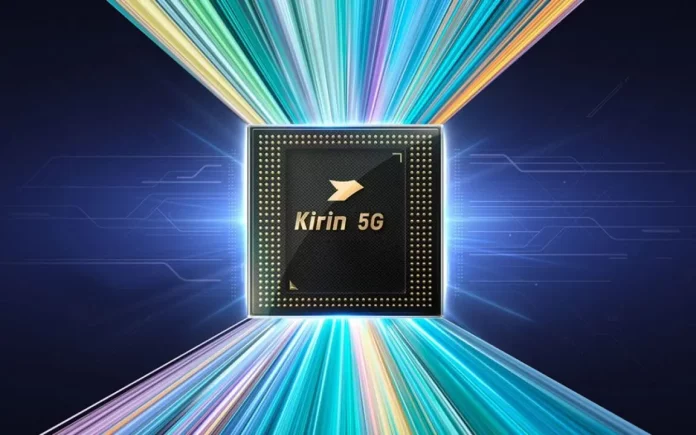Huawei recently introduced its new Kirin chipset, marking an exciting advancement in their processor lineup. The Kirin 9 Series continues to use the familiar 1+3+4 core architecture seen in previous models like the Kirin 9010. However, the key upgrade lies in the more powerful cores, which significantly enhance performance.
Despite sticking with this older architecture, the new Kirin chipset has been optimized to deliver higher output and better efficiency, aiming to compete with modern processors in the market.
This chipset is produced using the 7nm Pro Plus process technology, developed in partnership with SMIC, one of China’s largest semiconductor companies. Huawei’s collaboration with SMIC has been instrumental in improving the efficiency of the 7nm process, which is now in full-scale production for the Kirin 9 Series.
This collaboration has allowed Huawei to push the boundaries of chip performance, even while using a process node that’s considered older by today’s standards. The 7nm technology is a stepping stone as Huawei prepares for more advanced 5nm and 3nm processes.
In early 2024, Huawei confirmed its focus on deepening its 7nm development before advancing to newer generations of chip manufacturing technologies. This is a significant step for Huawei as it aims to bridge the performance gap between its chips and those of competitors like Qualcomm and MediaTek. The decision to continue refining the 7nm process aligns with their goal of gradually transitioning to more advanced nodes while maintaining competitive performance levels in their devices.
Furthermore, the new Kirin chipset is expected to power Huawei’s latest flagship smartphones, offering improvements in AI capabilities, power efficiency, and overall performance. Huawei’s decision to use a 7nm Pro Plus process highlights its commitment to maximizing the potential of older technologies while preparing for future advancements. This move keeps Huawei in the competition despite the challenges posed by global sanctions and restrictions on access to newer chipmaking technologies

